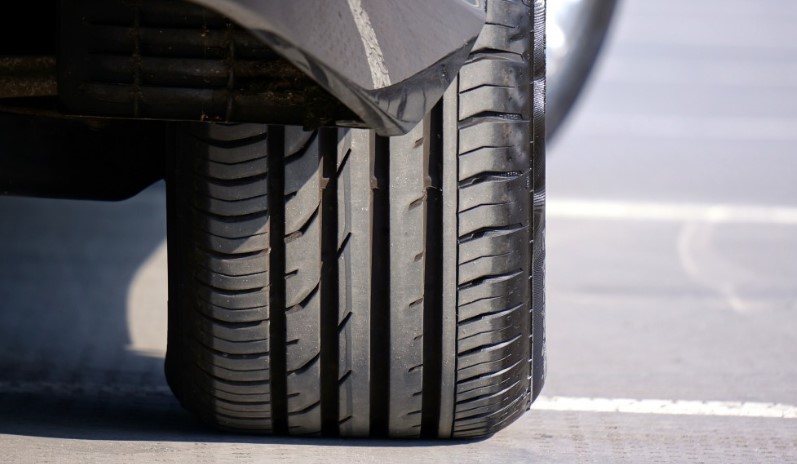Recycled concrete aggregate RCA
Contents |
[edit] Introduction
Recycled concrete aggregate (RCA also known as recycled crushed aggregate) can be made using waste from quarries and other substances, but researchers have also developed a technique that combines building material waste with used tyres to produce an innovative form of RCA that can be used to construct roads.
[edit] Construction waste
Construction activities can generate large amounts of waste materials that then need to be disposed of. In addition, at the end of a building's life, it may be deconstructed or demolished, generating significant amounts of waste. Increasingly, there are options available in terms of reusing and recycling materials, but despite this, a large amount of construction waste is still disposed of in landfills. According to data from Technology Strategy Board (now known as Innovate UK), 32% of landfill waste comes from the construction and demolition of buildings. Globally that estimate is even higher.
[edit] Rubber
Estimates suggest there are nearly one billion scrap tyres generated per year as of 2020. Rubber from tyres is can be recycled, for example to make flooring. Rubber is highly elastic and durable and is corrosion resistant. It remains flexible in a wide range of temperatures, is water resistant, an electrical and thermal insulator, and is able to absorb movement and vibration.
[edit] Waste and rubber
In 2020, researchers at Royal Melbourne Institute of Technology (RMIT University) in Melbourne, Australia announced they had developed a material from a combination of these substances that would be suitable and safe for use as a base layer under flexible roads that consist of materials applied in layers. These layers generally include a subgrade, base, subbase and top.
While construction waste material can be used on its own, the addition of waste rubber has delivered promising test results. Lab testing has found the combination of 0.5 percent fine crumb rubber to 99.5 percent RCA to be the most promising in terms of cohesion and strength. The material - which exhibits promising deformation and dynamic properties - has also been tested for stress, shear behaviour, acid and water resistance and durability necessary for road traffic.
Plastic waste has also been suggested as a suitable substance for new roads and repairs.
[edit] Related articles on Designing Buildings Wiki
Featured articles and news
Amendment to the GB Energy Bill welcomed by ECA
Move prevents nationally-owned energy company from investing in solar panels produced by modern slavery.
Gregor Harvie argues that AI is state-sanctioned theft of IP.
Heat pumps, vehicle chargers and heating appliances must be sold with smart functionality.
Experimental AI housing target help for councils
Experimental AI could help councils meet housing targets by digitising records.
New-style degrees set for reformed ARB accreditation
Following the ARB Tomorrow's Architects competency outcomes for Architects.
BSRIA Occupant Wellbeing survey BOW
Occupant satisfaction and wellbeing tool inc. physical environment, indoor facilities, functionality and accessibility.
Preserving, waterproofing and decorating buildings.
Many resources for visitors aswell as new features for members.
Using technology to empower communities
The Community data platform; capturing the DNA of a place and fostering participation, for better design.
Heat pump and wind turbine sound calculations for PDRs
MCS publish updated sound calculation standards for permitted development installations.
Homes England creates largest housing-led site in the North
Successful, 34 hectare land acquisition with the residential allocation now completed.
Scottish apprenticeship training proposals
General support although better accountability and transparency is sought.
The history of building regulations
A story of belated action in response to crisis.
Moisture, fire safety and emerging trends in living walls
How wet is your wall?
Current policy explained and newly published consultation by the UK and Welsh Governments.
British architecture 1919–39. Book review.
Conservation of listed prefabs in Moseley.
Energy industry calls for urgent reform.

























